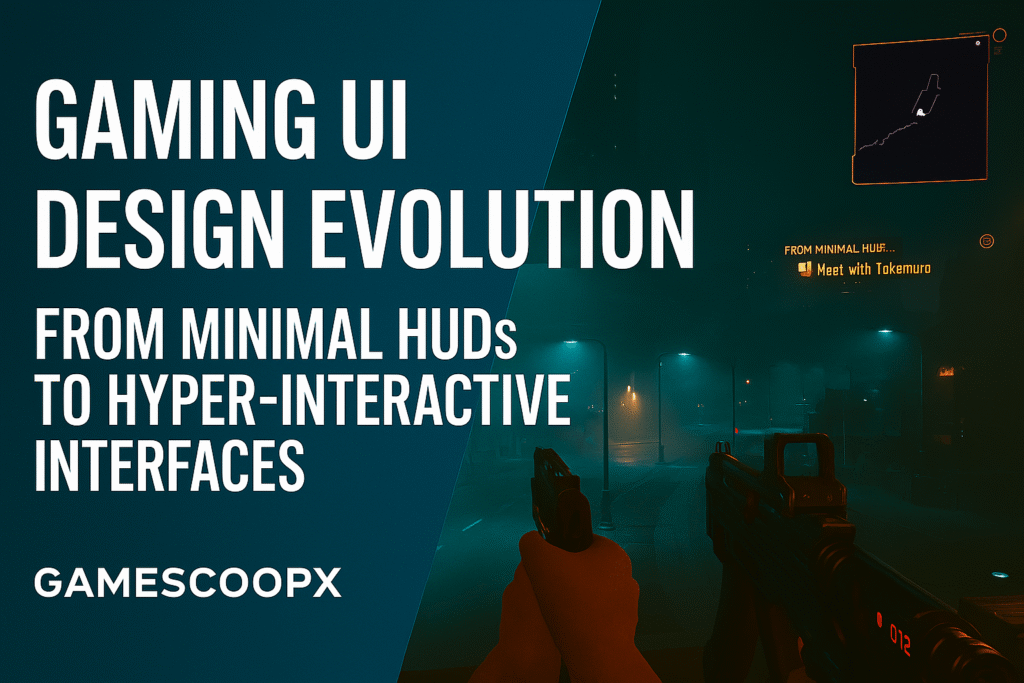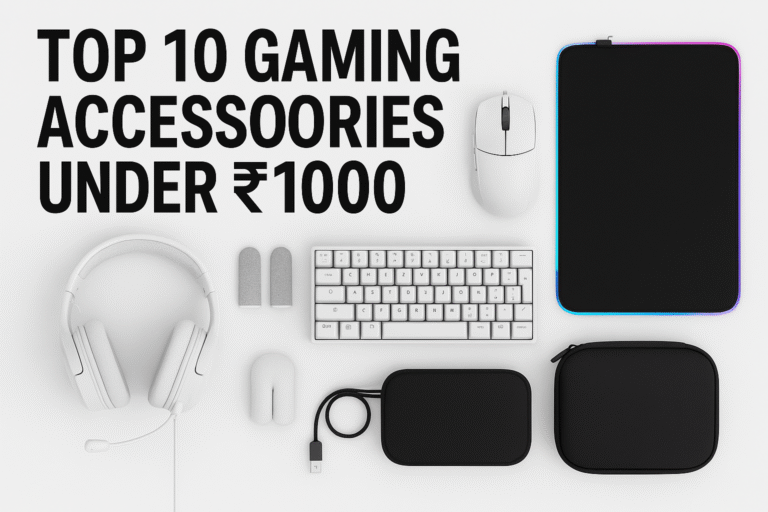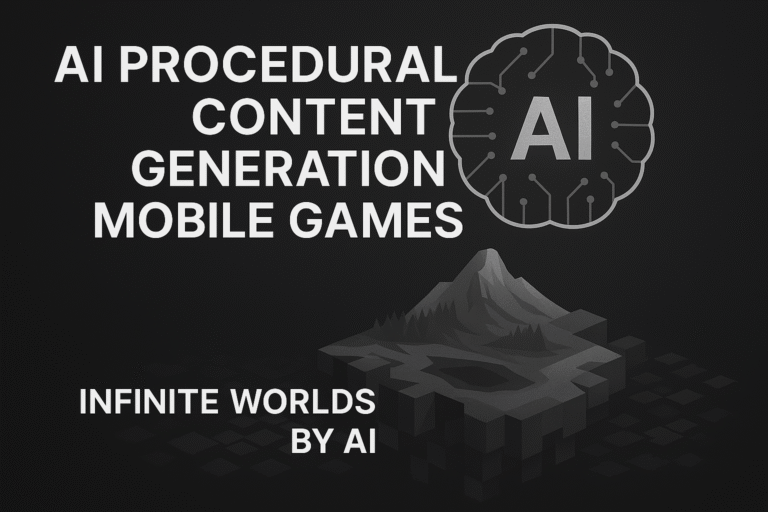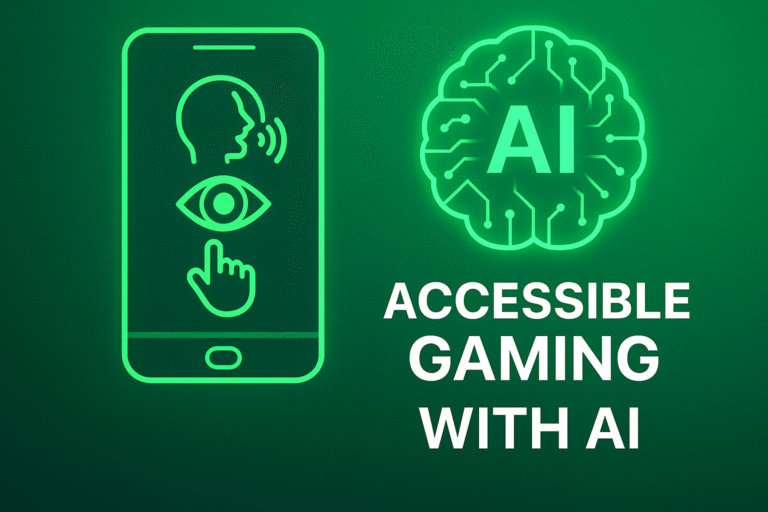
Witness the journey of gaming UI from retro minimal layouts to next-gen responsive interfaces shaping immersive gameplay.
Table of Contents
- Introduction: Why UI Matters in Gaming
- The Era of Minimal HUDs
- Rise of Diegetic & Adaptive UI
- Hyper-Interactive Interfaces in Modern Games
- UI in Thumbnails & Content Creation
- Conclusion: The Future of Game UI
1. Introduction: Why UI Matters in Gaming
Game UI is more than just menus and health bars—it’s the bridge between player and gameplay. A well-designed UI enhances immersion, accessibility, and emotional connection.
“In AAA Games UI is the silent narrator of every gaming experience.”
2. The Era of Minimal HUDs
Early 2000s games like Half-Life 2 and Halo popularized clean, minimal HUDs—focusing on uncluttered screens and essential info only.
🔹 Key Traits:
✔ Health, ammo, and objectives only
✔ Static placement (usually corners)
✔ No dynamic feedback or interactivity
Minimal HUDs prioritized clarity over complexity, but lacked adaptability.
3. Rise of Diegetic & Adaptive UI
Games like Dead Space and Metro Exodus introduced diegetic UI—where interface elements exist within the game world.
🔹 Innovations:
✔ Health shown on character’s suit
✔ Ammo count on weapon displays
✔ Environmental cues replacing minimaps
Adaptive UI now adjusts based on player behavior, skill level, or in-game context.
4. Hyper-Interactive Interfaces in Modern Games
Today’s UI is dynamic, AI-assisted, and immersive. Games like Cyberpunk 2077 and Horizon Forbidden West use:
🔹 Modern UI Features:
✔ Contextual prompts that appear only when needed
✔ Gesture-based menus in VR/AR
✔ AI-driven personalization (e.g., auto-hiding HUDs)
✔ Neural interfaces in experimental titles
“UI is no longer static—it’s alive, responsive, and player-aware.”
5. UI in Thumbnails & Content Creation
For creators like you, bhai, UI design isn’t just in-game—it’s in thumbnails, overlays, and branding.
🔹 Thumbnail UI Trends:
✔ Minimal HUD-inspired layouts for clean visuals
✔ 7D textures and neonic glow for depth
✔ Center-aligned text with dynamic shadows
✔ Interactive-style overlays to mimic in-game feel
This evolution boosts click-through rates and viewer retention on platforms like YouTube and Twitch.
6. Conclusion: The Future of Game UI
From static HUDs to hyper-interactive interfaces, gaming UI has become a core storytelling tool. With AI, AR/VR, and 7D design pushing boundaries, the future is all about personalized, immersive, and intuitive interfaces.



